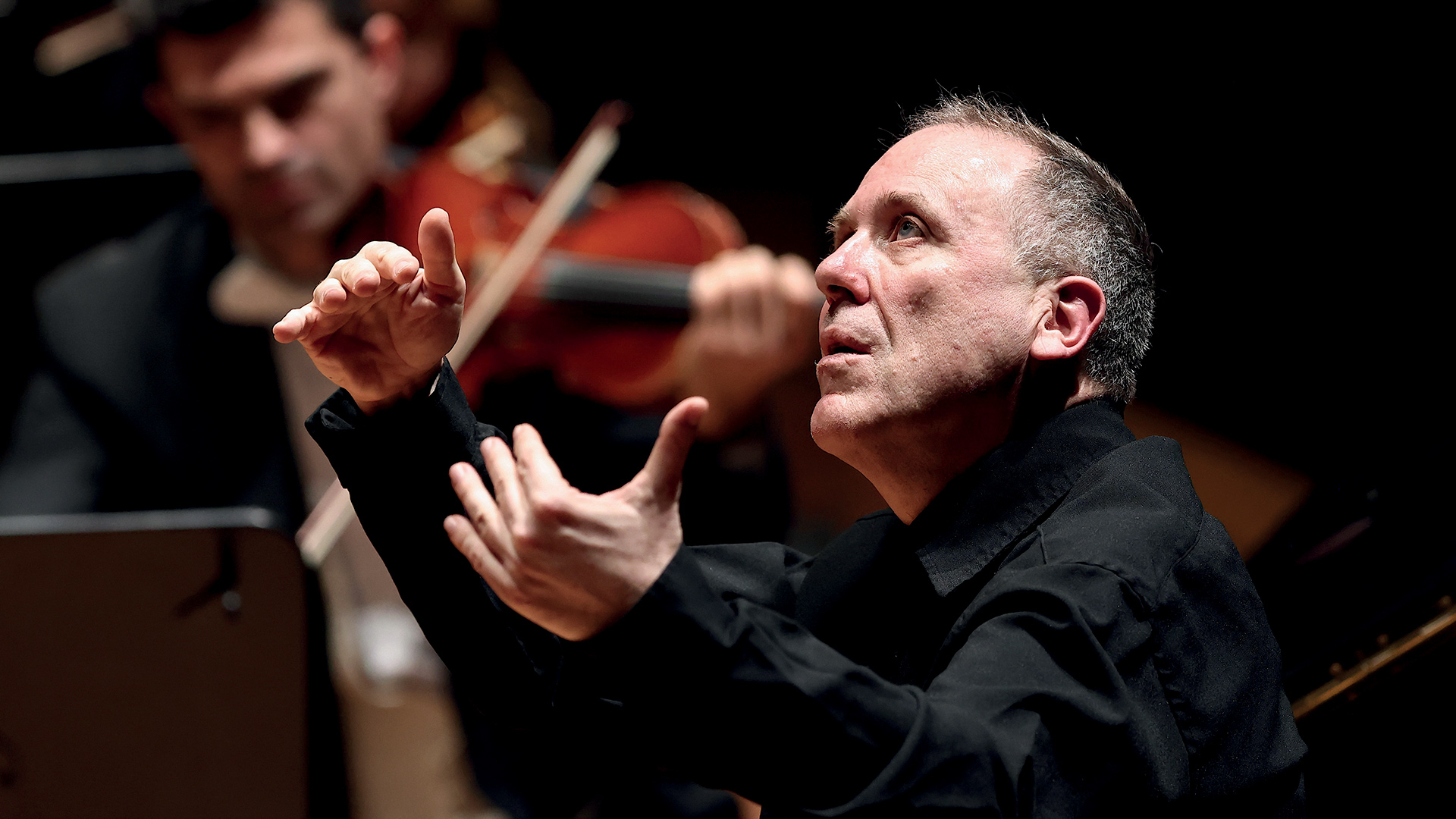GIOVANNI BATTISTA SAMMARTINI
Symphony in D major JC 17
WOLFGANG AMADEUS MOZART
Concert for piano and orchestra n. 19 in F major K. 459
GIOVANNI BATTISTA SAMMARTINI
Symphony in E flat major JC 26
WOLFGANG AMADEUS MOZART
Concert for piano and orchestra n. 27 in B flat major K. 595
Conductor and soloist
Alexander Lonquich
Opera Carlo Felice Genova Orchestra
Main focus of the artistic journey with Mozart l’italiano is research into the relationship between Mozart and the Italian school of the 18th century, with a focus on symphonic writing. This programme investigates in particular the link between Mozart and Giovanni Battista Sammartini (1700-1775), a Milanese composer considered by many to be the father of the symphony. One of Sammartini’s great contributions was the development of the symphony genre from solo concertos and sonatas in three baroque movements. His catalogue counts more than 70 symphonies, the distribution of which is attested in various cultural centres throughout Europe, including Vienna and Paris. Despite his great influence on the developments of Classicism, in the years following his death most of Sammartini’s manuscripts ended up scattered in various archives, and it was only between 1960 and 1976 that the cataloguing work of researchers Newell Jenkins and Bathia Churgin returned a clear picture of the composer’s work. In this programme the Symphonies in D major JC 17 and in E flat major JC 26 will be performed. Symphony JC 17 was most likely composed in 1759, and consists of the three tempos: Spiritoso assai, Andantino and Presto. The refinement in the dialogue between instruments and between soloist and orchestra – Sammartini’s fundamental stylistic expression – represents a reworking of the Baroque model. The same taste can be found in the writing of Symphony JC 26, in the three movements Allegro assai, Allegrino and Allegrissimo, where the brilliant thematic invention is joined by an even more pronounced rhythmic element.
Thanks in part to his intense popularising activities in the field of symphonic and instrumental music in the broadest sense, Sammartini became a reference for several young composers who got to know him personally while travelling to Milan in the 1760s and 1770s. They included Christoph Willibald Gluck, Johann Christian Bach, Luigi Boccherini and Mozart – who visited the maestro in 1770.
Sammartini’s influence emerges in Mozart’s highly personal writing, not only in the early symphonies, but also in the concertos and sonatas of his last period. The programme alternates Sammartini’s symphonies with the two Piano Concertos no. 19 in F major K 459 and no. 27 in B flat major K 595, dated 1784 and 1791 respectively. It is interesting to note a structural model common to Sammartini’s symphonies and Mozart’s Piano Concertos, namely the baroque concerto in three movements. From a stylistic point of view, Mozart’s Concertos for Solo and Orchestra add to this structural model a greater inclination towards symphonism, giving less space to the virtuoso protagonism of the soloist in favour of a balance between solo and tutti. In the Concerto K 459 (first performed on the occasion of the coronation of Leopold II in Frankfurt in 1790), this aspect is singularly noticeable in the second movement – Allegretto – where the main theme is expounded by the orchestra and completed by the piano according to a principle of clear complementarity. The first and third movements are rich in thematic contrasts always managed with a view to a great overall balance, the Allegro assai also adds a unique formal cue, with a structure that combines the rondo with the sonata form and again with the fugue. The Concerto K 595, Mozart’s last piano concerto, was completed in 1791. The Allegro introduces an introverted and intimate atmosphere of great formal linearity but also thematic variety. The Larghetto that follows takes up a theme from Haydn’s Fedeltà premiata, entrusted in the first measure to the piano, with the character of a sweet and melancholic romance. The playful Allegro finale in the form of a rondo-sonata brings back a light and bright atmosphere, the theme is very similar to that of the coeval Lied ‘Sehnsucht nach dem Frühling‘ (Nostalgia for Spring).
Ludovica Gelpi

